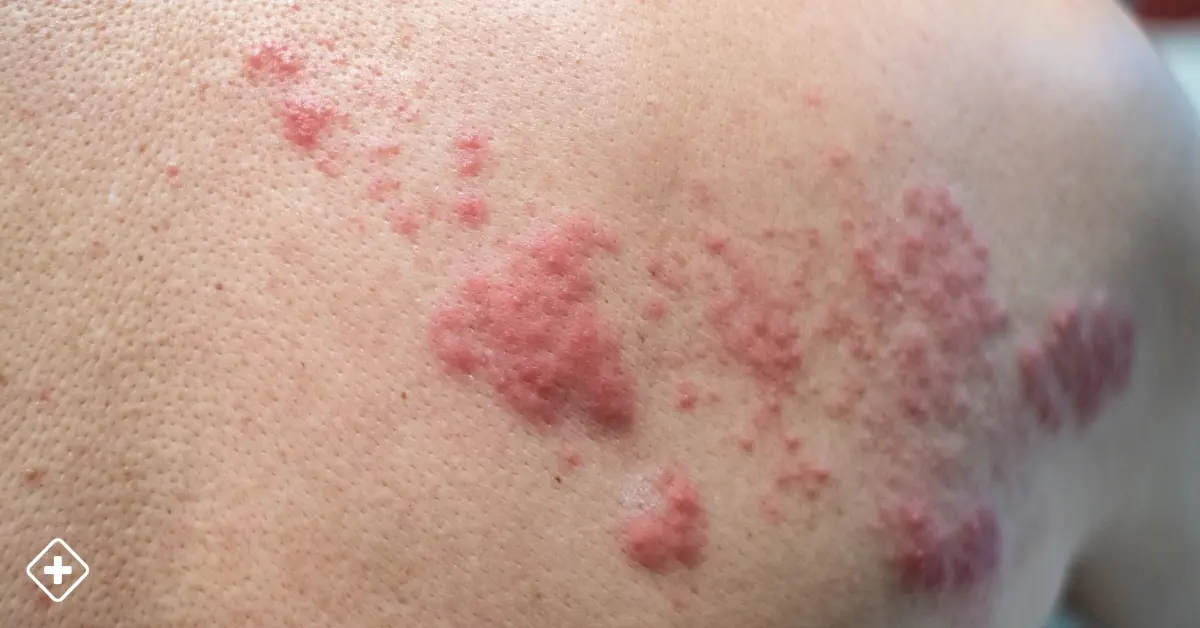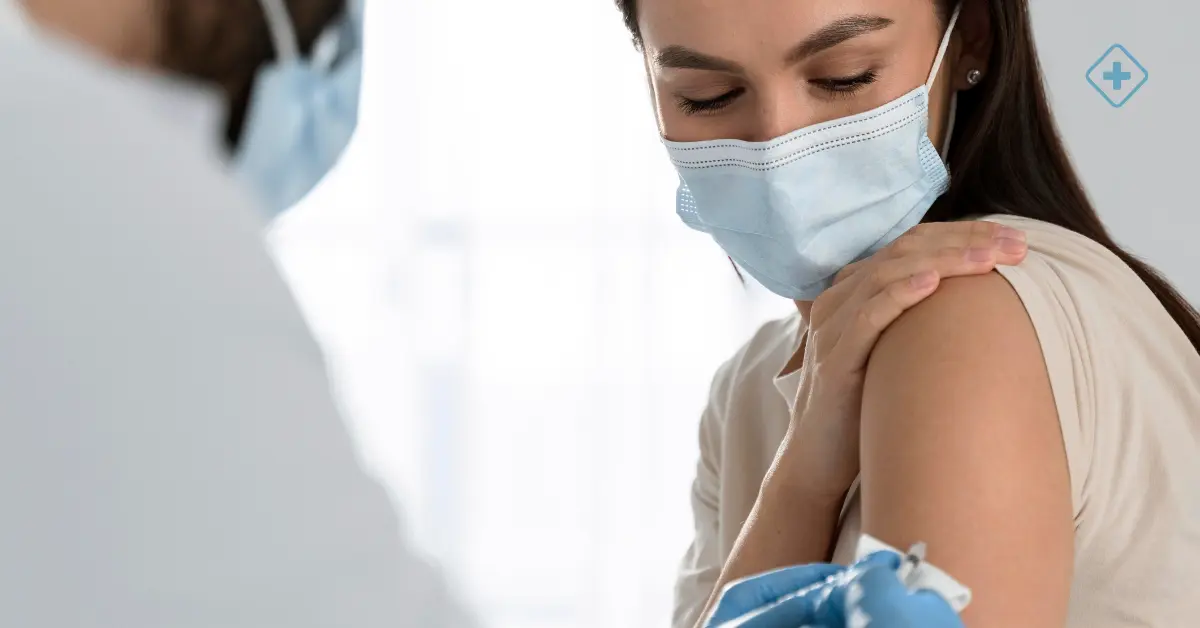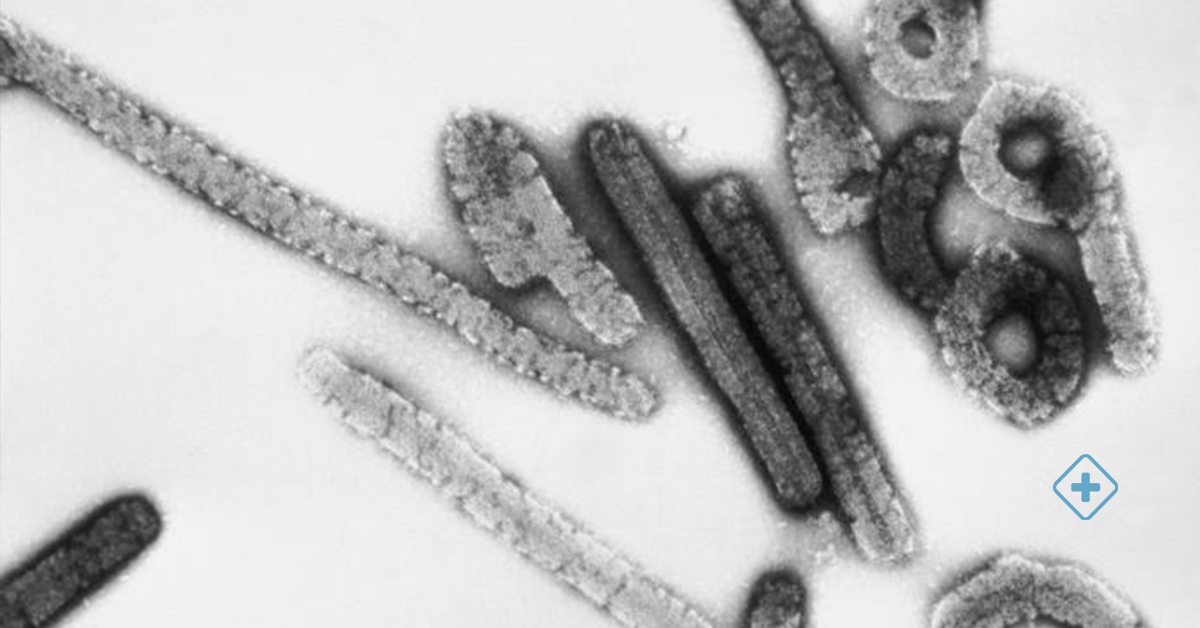
Shingles
Shingles, also known as herpes zoster, is a viral infection caused by the varicella-zoster virus responsible for chickenpox

Shingles, also known as herpes zoster, is a viral infection caused by the varicella-zoster virus responsible for chickenpox. After an individual has had chickenpox, the virus remains in the body for life. Years later, it can resurface as shingles.
A painful skin rash characterizes this condition. Vaccines are a preventive measure to reduce the risk of shingles. Early treatment can shorten its duration and minimize the risk of complications.
How is Shingles Transmitted?
The varicella-zoster virus causes shingles, the same virus that causes chickenpox. After a person has had chickenpox, the virus lies dormant in the nervous system and can reactivate later in life, moving to the skin and causing shingles.
While not everyone who has had chickenpox will develop shingles, it's believed that reactivation may be linked to a decrease in immunity related to aging. It is more common in older adults and people with weakened immune systems.
The varicella-zoster virus belongs to the herpes virus family, which includes oral and genital herpes. Although shingles are known as herpes zoster, it's important to note that the virus causing chickenpox and shingles differs from the one that causes oral or genital herpes, which are sexually transmitted infections.
The manifestation of shingles in the back nerves is related to the inflammation of nerves under the skin. Regarding transmission, a person with shingles can spread the varicella-zoster virus to those not immunized against chickenpox through contact with the open lesions of the shingles rash. However, once infected, the person will develop chickenpox, not shingles.
For people with weakened immune systems, pregnant women, and newborns, chickenpox can pose a risk. It is recommended to avoid physical contact until the shingles blisters are completely crusted over to prevent transmission to those not infected with chickenpox or those not vaccinated against the disease.
Risk Factors
Several factors can increase the likelihood of developing shingles, including:
-
Age: The risk of shingles increases with age, being more common in people over 50. Those over 60 face a higher chance of severe complications.
-
Debilitating diseases: Conditions that weaken the immune system, such as HIV/AIDS and cancer, can increase susceptibility to shingles.
-
Cancer treatments: Both radiation and chemotherapy can lower the body's disease resistance.
-
Use of certain medications: Some drugs, like those used to prevent organ transplant rejection, can increase the risk of shingles. Prolonged use of steroids, such as prednisone, is also associated with a higher risk of developing this condition.
Symptoms of Shingles
Pain is often the first symptom of shingles, varying in intensity from person to person.
Common symptoms include:
-
Itching, burning, stabbing, or tingling sensations in the skin
-
Sensitivity to touch
-
Red rash appearing a few days after the onset of pain
-
Fluid-filled blisters that open and crust over
-
Itching
Some people may also experience:
-
Fever
-
Headache
-
Sensitivity to light
-
Fatigue
How Long Does a Shingles Outbreak Last?
It can take three to five weeks from the onset of symptoms until the rash completely disappears.
-
Initially, a few days before the rash appears, painful sensations in a skin area may occur. This discomfort is described as itching, burning, stabbing, or tingling sensations. These symptoms often precede the appearance of the rash.
-
Subsequently, a raised rash appears, typically forming a band or patch on one side of the body. While it often manifests around the waist or on one side of the face, neck, or torso (chest/abdomen/back), this is not constant and can occur in other areas, such as the arms and legs.
-
Within three or four days, the lesions evolve into open blisters, which are red, painful, and contain fluid.
-
Typically, these blisters begin to dry and form crusts about ten days later.
-
The crusts tend to disappear about two or three weeks after their formation.
Treatment for Shingles
There is no cure for shingles. However, prescription treatment can help speed up recovery and reduce symptom severity. Antiviral medications, such as acyclovir, valacyclovir, and famciclovir, are commonly prescribed to treat shingles.
In addition to antivirals, pain relievers, non-steroidal anti-inflammatory drugs, and, in some cases, corticosteroids may be used to manage the pain and inflammation associated with shingles. We recommend consulting a Dermatologist for effective treatment of shingles discomfort.
When Should I See a Dermatologist?
If you experience unusual pain or any of the symptoms mentioned above, seeking medical attention is advisable.
At BlueNetHospitals, we can help you diagnose and treat skin diseases. Make an appointment for any discomfort, remembering that prevention and timely diagnosis are essential for a quick recovery.
BlueNetHospitals
BlueNet Hospitals - Blue Net Hospitals

Influenza
The symptoms of influenza are similar to those of other respiratory infections but tend to be more intense
Rheumatoid Arthritis
Rheumatoid Arthritis (RA) is a chronic, autoimmune disease primarily affecting the joints, resulting in inflammation.
Marburg Virus
What is the Marburg Virus? How is it spread? What are the causes?
- Do You Need an Appointment with a Specialist?
- call us
- write us
- let's talk




